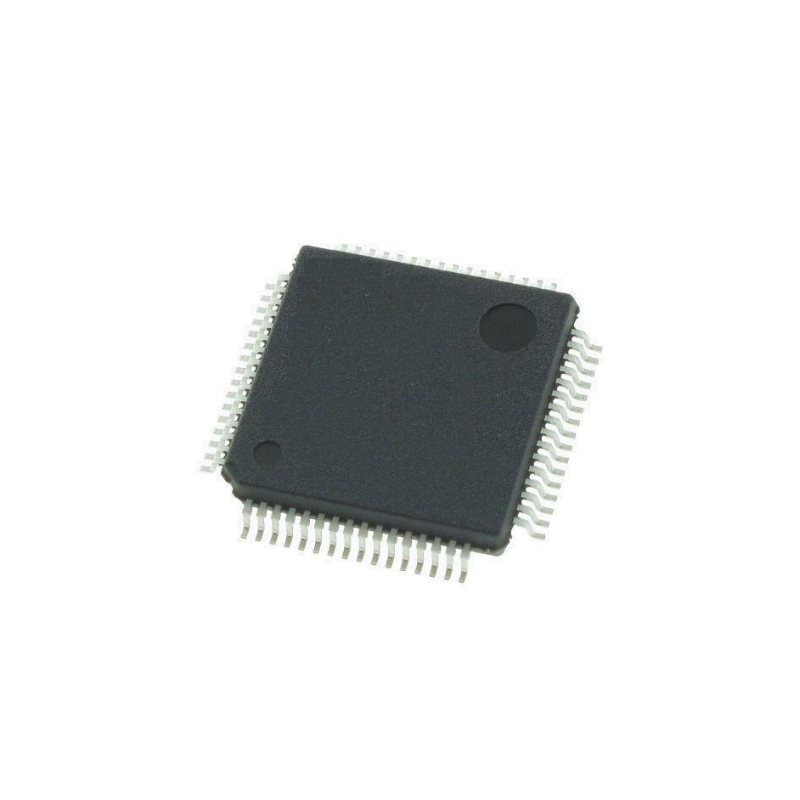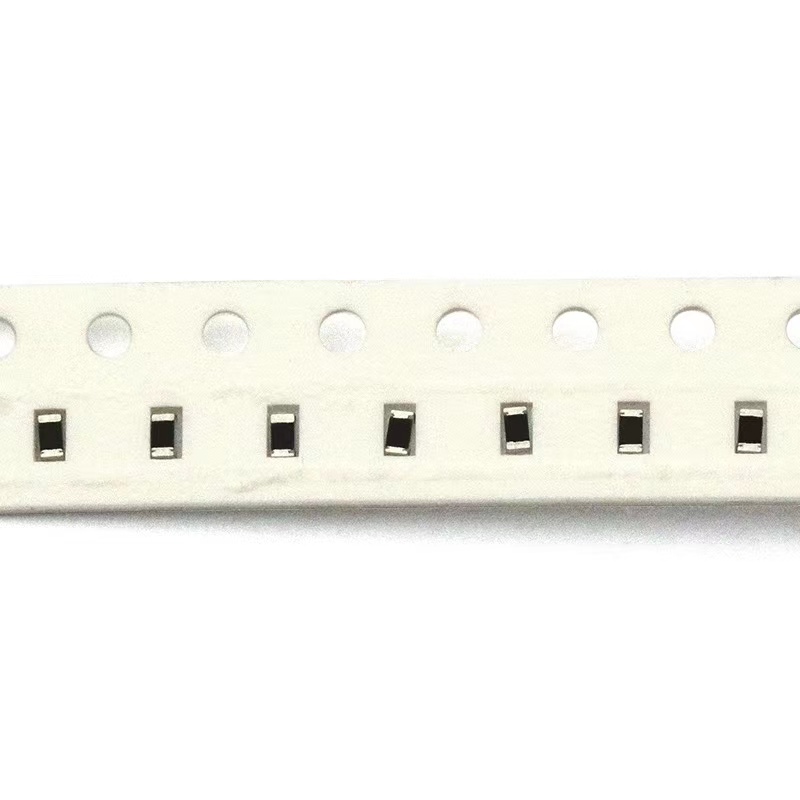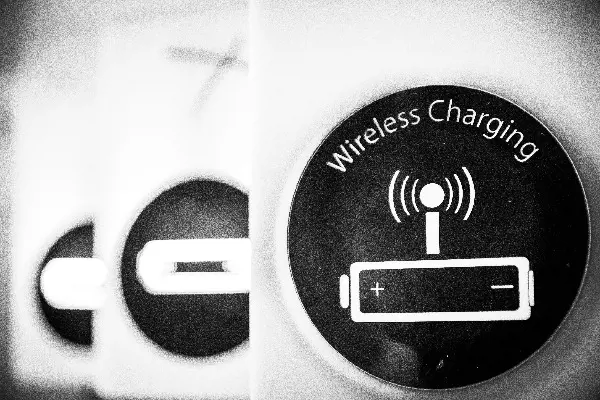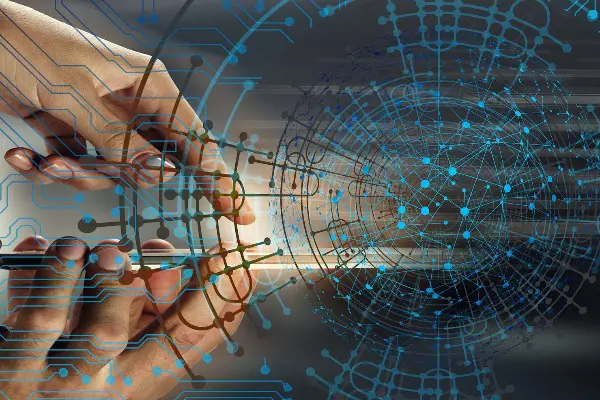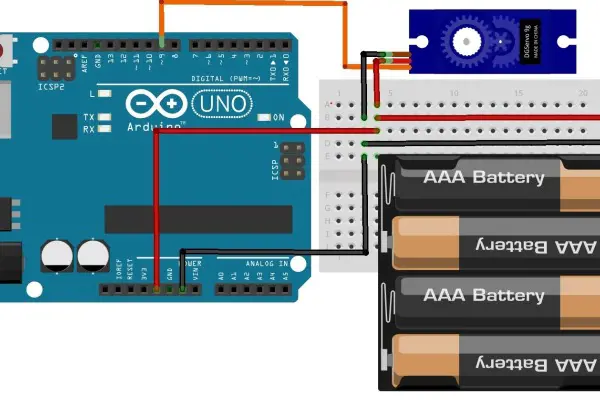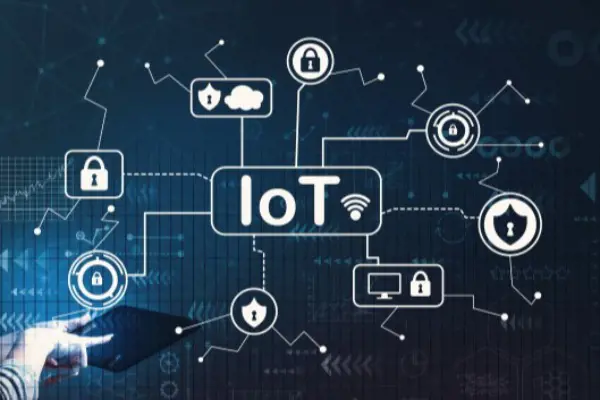IoT Solution Architecture and Its Processes
 Published: Apr 28, 2023
Iot
Share:
Published: Apr 28, 2023
Iot
Share:
With the advent of the Internet of Things or IoT solutions, many industries are benefiting greatly from IoT technologies that improve productivity and operational reliability. IoT solutions provide a setup that includes sensors, instruments, machines and many other connected devices that can operate without human intervention. This article will slowly break down the IoT solution architecture to learn more about the step-by-step process of IoT implementation.
What is IoT Solution Architecture?
The Internet of Things is simply the connection of things to a network, where the word "things" may refer to cars, buildings, machines, or even people. An IoT solution is a system of interconnected sensors, computing devices and machines that are connected through a network to form a complete operation. Therefore, the IoT solution architecture is designed for a step-by-step data flow from collecting raw data to obtaining predictions or results. There are no universal standards for IoT solution architectures, but typically the technology requires four main components, including:
- Sensors/actuators
- Gateways and networks
- Cloud or data server
- Application layer
Step 1: Raw data collection
As the root of every IoT system, connected devices are responsible for serving the purpose of the IoT system, which is to collect data. Therefore, this technology requires sensors to collect all the raw data needed for predictions. Sensors collect data from process or environmental conditions such as quality control, temperature, humidity, speed of an assembly line, and more. Furthermore, the IoT solution architecture allows for bi-directional data flow in the form of instructions or commands, informing the actuators to take any action required to control or maintain the process. In some cases, a sensor may detect a situation that requires an immediate response so that an actuator can perform remedial action in real time.
IoT solutions for raw data collection:
- Temperature sensor
- GPS/proximity
- Motion/speed sensor
- Electric Actuator
- Hydraulic motor
Step 2: IoT Gateway and Data Acquisition System (DAS)
Data Acquisition Systems (DAS) play an important role in converting raw analog data into programmable digital data. Internet gateways provide network connectivity between sensors and gateways to perform DAS. This network connection can be via wireless or a wired connection such as LAN, USB or GPIO. In this layered IoT solution architecture, gateways and DAS also help control, filter and select data to minimize the amount of information sent to the cloud, affecting power and overall performance.
Finding the right balance between power consumption and performance is critical to optimizing overall performance. Therefore, power budget plays an important role. Power budgeting is the act of considering every detail of the possible power required to operate the entire IoT solution architecture. The operator must consider performance ratios or percentages that describe the relationship between actual and calculated energy output. Therefore, by comparing theoretical and practical results, the power budget can be calculated more precisely. One might wonder why this is so important. Here are some key points for power budgeting in IoT solution architecture:
Power Availability: The power budget ensures that it is still adequate and has enough power to ensure future operations.
Heating: Finding the right balance between power and performance will prevent overheating. Excessive heat can be harmful to computer components or cause performance degradation.
Cost: More power means bigger components, which means higher costs to operate the computer.
IoT Solutions for IoT Gateways and Data Acquisition Systems (DAS):
1. SoC and Socket design
After calculating the required power budget for the overall IoT solution architecture, the next step is to know which processor to use. Here we have SoC (System on Chip) and Socket design. A SoC, or system on a chip, is an integrated circuit that combines all computer components onto a single substrate system. For example, in addition to the CPU, it also includes advanced peripherals such as the GPU and memory storage. Therefore, this processor design is often used in power-efficient and space-constrained deployments.
A socket design, on the other hand, is a single connector on the motherboard that provides both a mechanical connection and an electrical interface to the CPU. While the socket chip design allows for multiple complex processes, since it runs at high performance, it also means it has a higher thermal design power (TDP), or more power. Therefore, socketed chip design processors require additional cooling to avoid high temperatures that can lead to failure and thermal throttling. There is no definitive solution to which type of processor design to choose; each IoT solution is chosen precisely based on processing power and requirements.
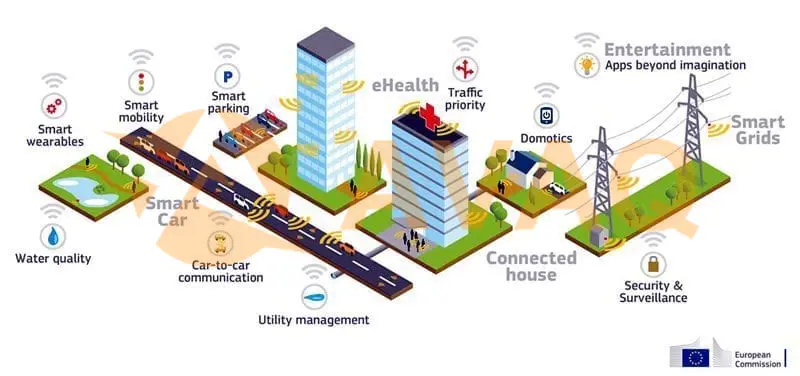
2. Performance acceleration - CPU, GPU and M.2 accelerators for real-time processing
Performance accelerators are microprocessors that offload tasks from the CPU and increase performance for real-time decision-making. A single CPU may not be enough to handle the massive amounts of data coming from the growing number of IoT devices. Thus, performance accelerators take advantage of parallel computing, where the system can process various tasks simultaneously at one time. Some of the performance accelerators that IoT solution architectures can leverage include multi-core CPUs, GPUs, VPUs, NVME M.2 storage, and more. With the help of performance accelerators, edge computers can process all the data from multiple IoT devices and perform complex analytics right where the data is generated.
Step 3: Edge Processing
In this layer of IoT solution architecture, all the analog data that has been digitized and accumulated in the early stage will be attributed to this process, which is called pre-processing or edge processing. At this stage, machine learning can be very helpful in providing feedback to the system and managing the entire ongoing process without waiting for instructions from the cloud. Therefore, machine learning helps reduce the amount of data sent to the cloud or data center by processing some of the data at the edge.
Workload consolidation in IoT requires a rugged edge computing solution as a medium for all data pre-processing. In addition, rugged edge computing solutions provide scalable advanced processing capabilities through multi-core processors, huge data storage, and various I/O options. Hence, by connecting all sensors, devices, and IoT infrastructure with a powerful edge computing solution, the IoT solution architecture process can be performed with a reduced hardware footprint.
Step 4: Further analysis in the cloud or data center
In the fourth step of the IoT solution architecture, the cloud or data center serves as the brain extension of the entire IoT architecture process. Data centers or cloud-based systems are specifically designed to store, process and analyze large volumes of data from multiple sensors or sites for deeper analysis. At this stage, the data center combines all the data collected to obtain a more comprehensive picture of the overall IoT architecture and actionable predictions. Finally, predictions can be communicated directly back to sensors or actuators or end-user applications.
Step 5: Human Machine Interface (HMI) for status and data management
This is the final step in IoT solution architecture. As mentioned earlier, the final predictions from the cloud or data center are passed back to the sensors/actuators or directly to the end user. Therefore, it is crucial to consider IoT platforms when engaging directly with end users. An HMI, or Human Machine Interface, is a Graphical User Interface (GUI) that provides human-machine interaction. HMIs allow operators to manage ongoing processes and display data visualizations. Therefore, HMI in IoT is crucial to enable remote interaction and visualization from machine systems.
Recommend Products
Related Solutions
-
![NXP Introduces High-Power Wireless Charging Solution for Laptops and 2-In-1 Tablets]()
NXP Introduces High-Power Wireless Charg...
NXP Semiconductors announced the first high-power wireless charging solution for notebooks and 2-in-...
Apr 28, 2023 Consumer Electronics -
![Multifunctional Street Light Automatic Control Circuit Solution]()
Multifunctional Street Light Automatic C...
The street light automatic controller is suitable for the automatic control of street lights in resi...
Apr 26, 2023 Consumer Electronics -
![How Can IoT Solution Providers Build a Secure IoT System at Different levels?]()
How Can IoT Solution Providers Build a S...
The Internet of Things (IoT) has been attracting a lot of attention in the industry for its security...
Apr 25, 2023 Consumer Electronics -
![ADI Proposes a Solution for Servo Motor Control]()
ADI Proposes a Solution for Servo Motor ...
For motor control solutions, ADI offers a comprehensive portfolio of products, including analog-to-d...
Apr 25, 2023 Consumer Electronics -
![IoT Transforms and Adds Value to Consumer Electronics Industry]()
IoT Transforms and Adds Value to Consume...
The Internet of Things (IoT) is taking consumer electronics to another level and could lead to the n...
Apr 26, 2023 Consumer Electronics -
![Texas Instruments Programmable Logic and Automation Controller (PLC/PAC) Solutions]()
Texas Instruments Programmable Logic and...
Programmable logic controllers (PLCs) and programmable automation controllers (PACs) process and con...
Apr 26, 2023 Consumer Electronics


 Update Time: Apr 28, 2023 Consumer Electronics
Update Time: Apr 28, 2023 Consumer Electronics
